Thank you, Coleman Cobbs, for these photos of a Neotibicen similaris cicada. The cicada was found in from Rapides Parish, Louisiana. This cicada looks “similar” to many other species of Neotibicen cicadas aka “Dog Day”.
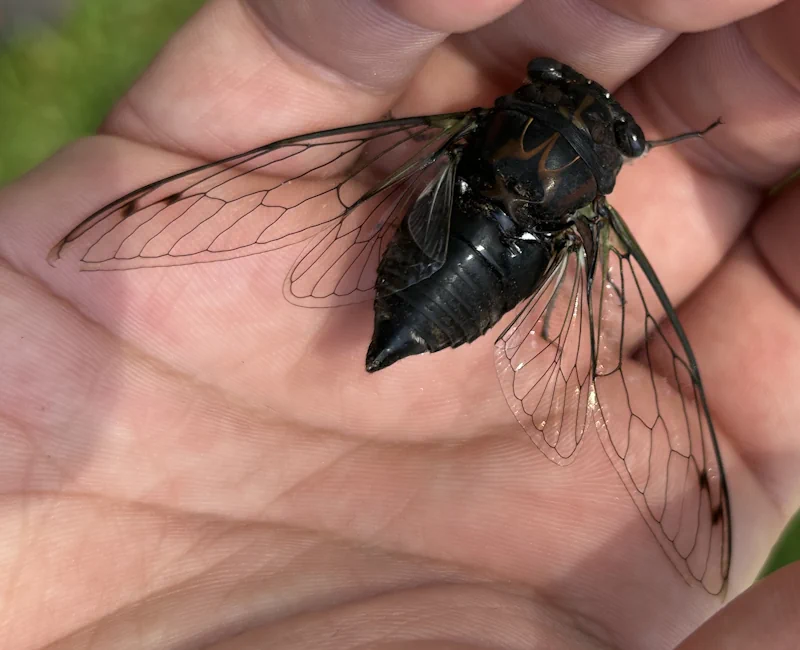
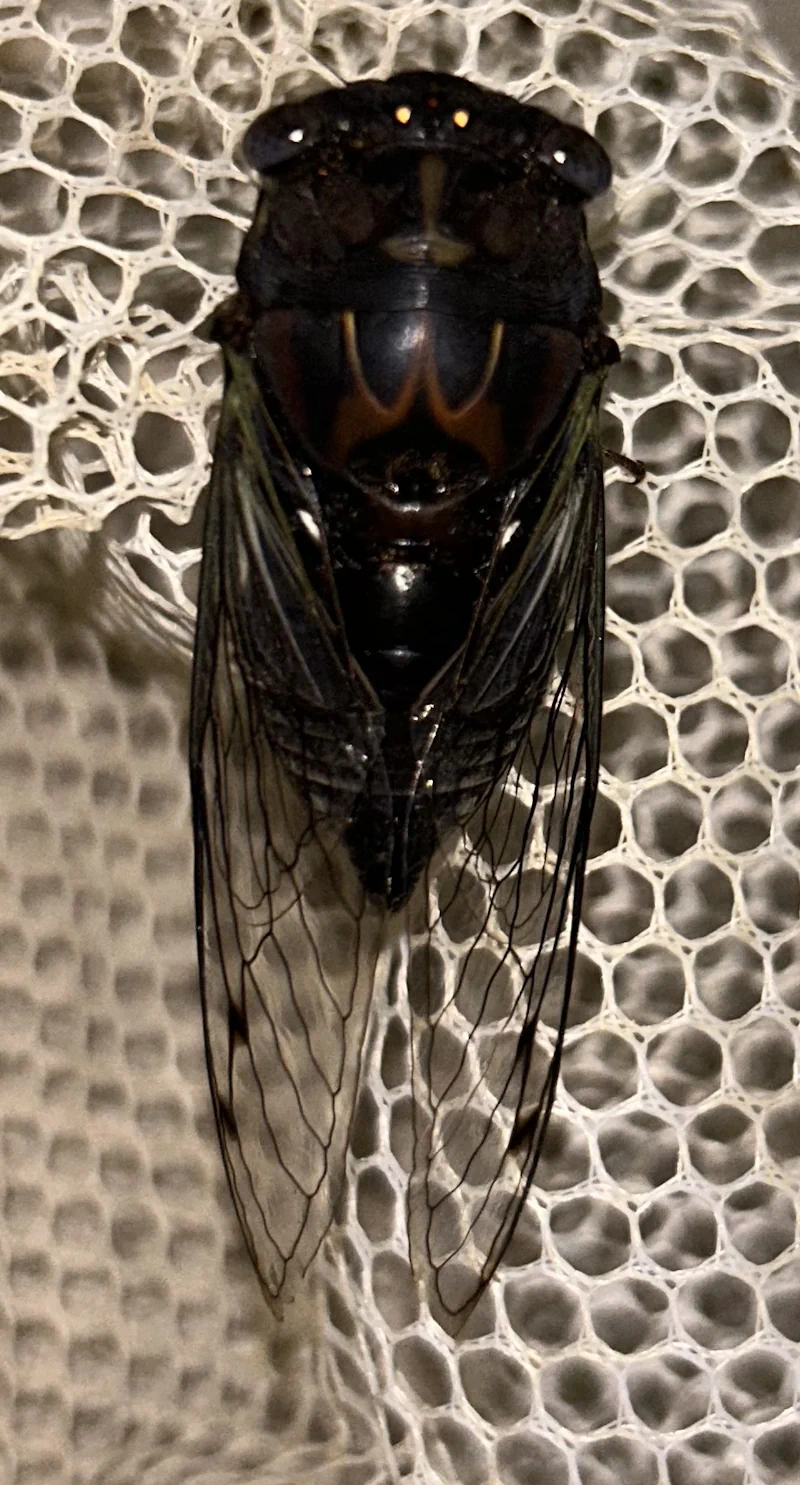
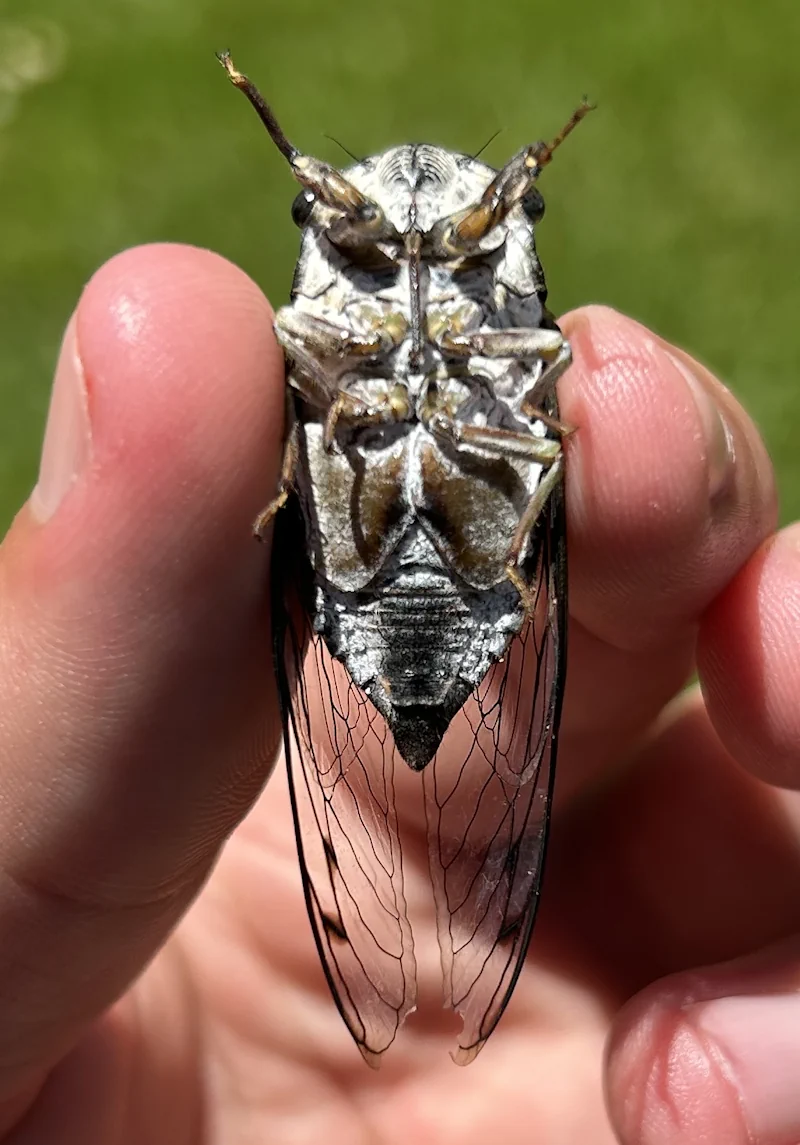
People who have contributed cicada photos, videos or other media and information to cicadamania.com.
Thank you, Coleman Cobbs, for these photos of a Neotibicen similaris cicada. The cicada was found in from Rapides Parish, Louisiana. This cicada looks “similar” to many other species of Neotibicen cicadas aka “Dog Day”.



This cicada is a Platypleura kaempferi. The photo comes from us from Richard Newfrock. Platypleura kaempferi is a member of the tribe Platypleurini. P. kaempfer is found in China, South Korea, Japan and other locations — even Poland (but that cicada was likely transported along with produce or in the root ball of a plant). Platypleura means flat/broad sides, and kaempferi likely refers to Emil Kaempfer or Kaempfer’s woodpecker, whose wing resembles the wing of the cicada.
There are three species of Platypleura kaempferi1 (I don’t know what distinguishes them. I don’t see the separate subspecies on iNaturalist either):


Here’s the iNaturalist collection of Platypleura kaempferi photos.
Here’s a comparison of the wing of Kaempfer’s Woodpecker with out possible Platypleura kaempferi:
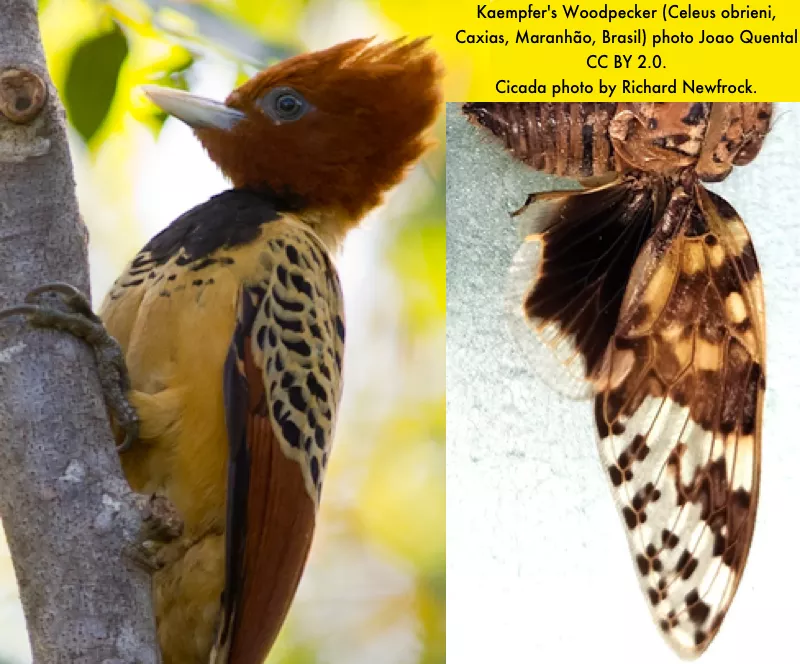
Although the woodpecker and cicada resemble each other, Yasumasa Saisho let us know that Platypleura kaempferi was described by the German biologist Engelbert Kämpfer, and its scientific name is derived from it.
Richard Newfrock took the photo of the cicada, and Joao Quental took the photo of Kaempfer’s Woodpecker (Celeus obrieni, Caxias, Maranhão, Brasil) which is under a CC BY 2.0 license.
1 Catalogue of the Cicadoidea (Hemiptera: Auchenorrhyncha). DOI: http://dx.doi.org/10.1016/B978-0-12-416647-9.00001-2 © 2014 Elsevier Inc.
This is a Yanga pulverea from Moramonga, Madagascar from the collection of Richard Newfrock.
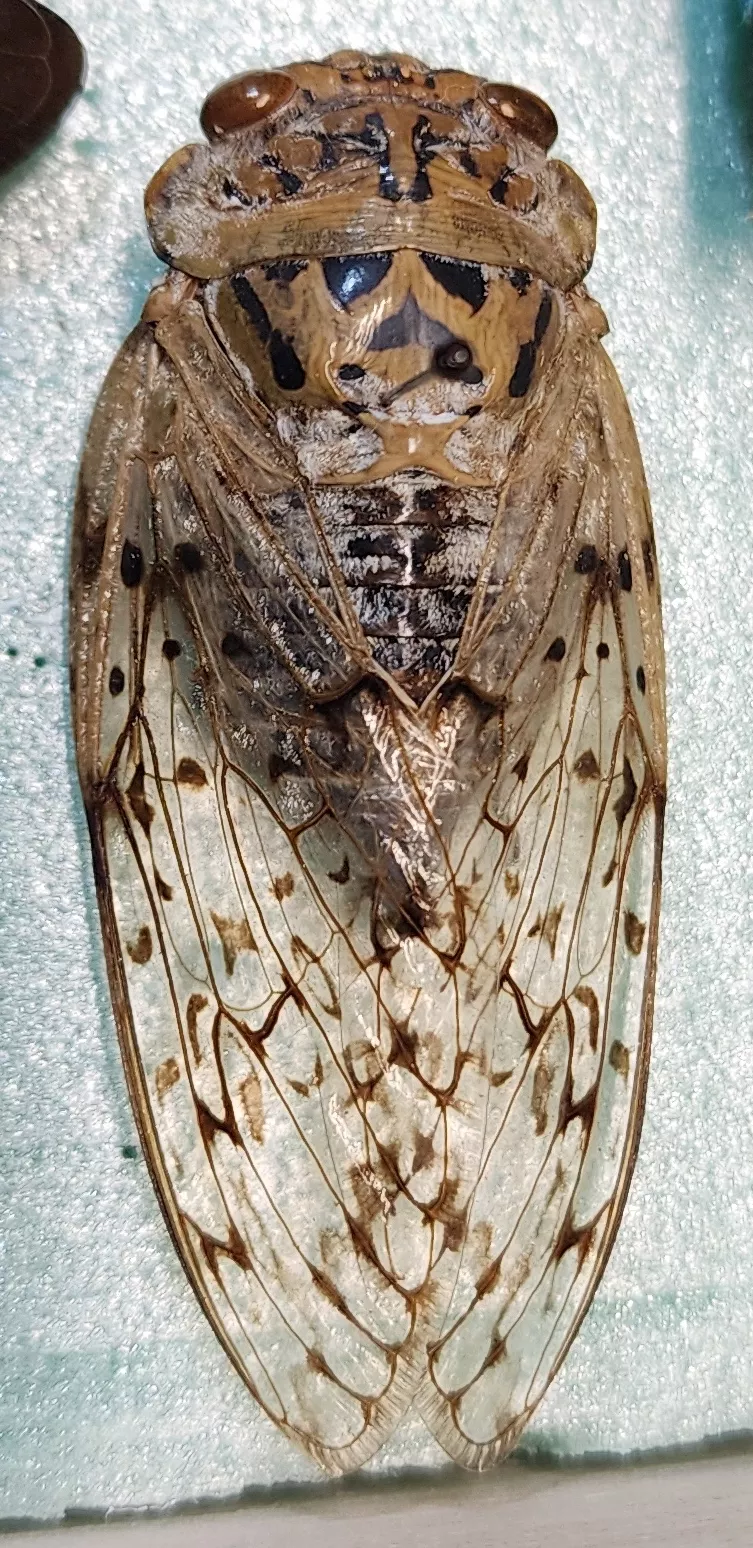
Yanga pulverea belongs to the cicada tribe Platypleurini, which are known for their prominent pronotal collars and infuscations on their wings. Platy means broad & flat, and pleur means side. Broad side, flat side. I don’t know the root of the word Yanga, but pulverea means power or dust. Here’s photos of living Y. pulvera on iNaturalist.
When Roy Troutman visited New Jersey and New York in 2013 for Brood II he took a lot of great cicada photos.
Here is a sample of the best.
Click the images for a larger version.
Also visit Gallery #1 and Gallery #2.
Magicicada molting by Roy Troutman
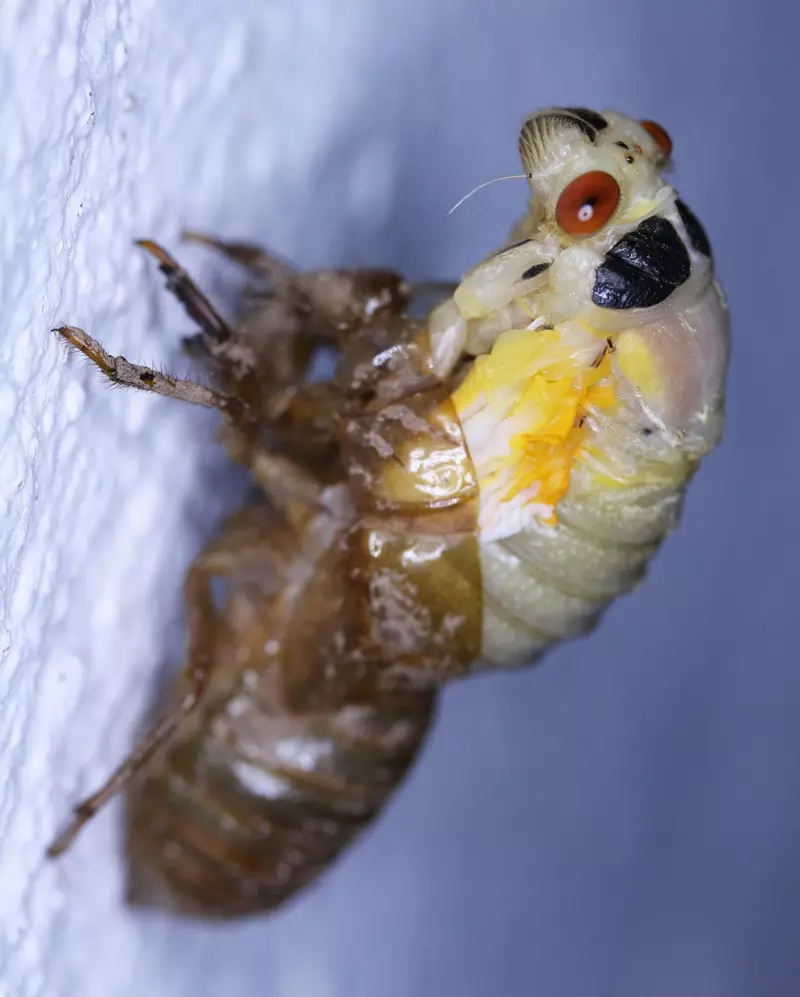
Magicicada with exuvia by Roy Troutman

Mustard eyed Magicicada septendecim by Roy Troutman
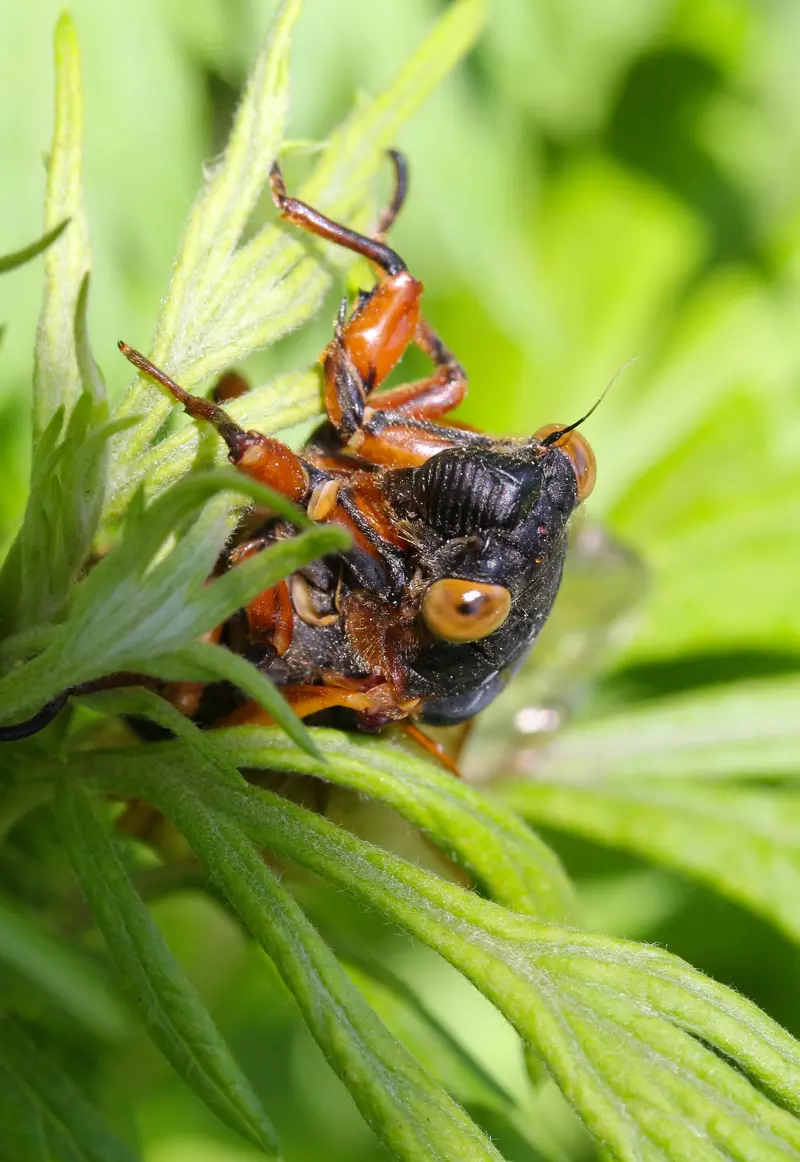
Roy Troutman and Elias Bonaros at the Periodical Cicada display at the American Museum of Natural History, photo by Michelle Troutman
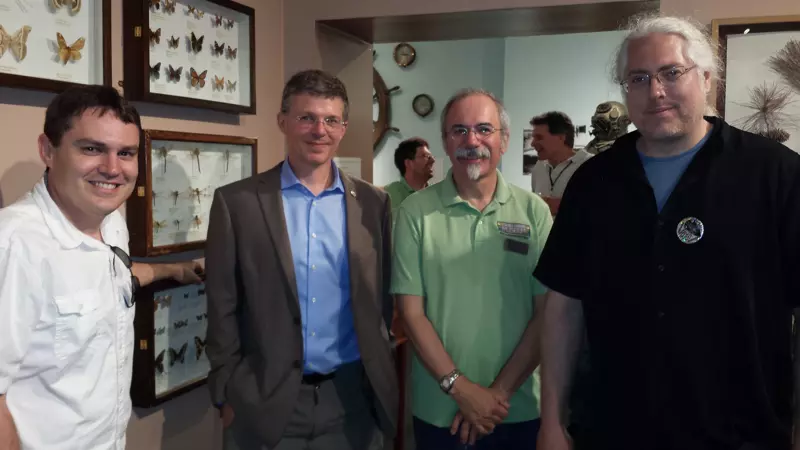
When Roy Troutman visited New Jersey and New York in 2013 for Brood II he took a lot of great cicada photos.
Here is a sample of the best.
Click the images for a larger version.
Visit Gallery #1 and Gallery #3 as well.
John Cooley and Ed Johnson speaking at the Staten Island Museum Six Legged Sex event by Roy Troutman
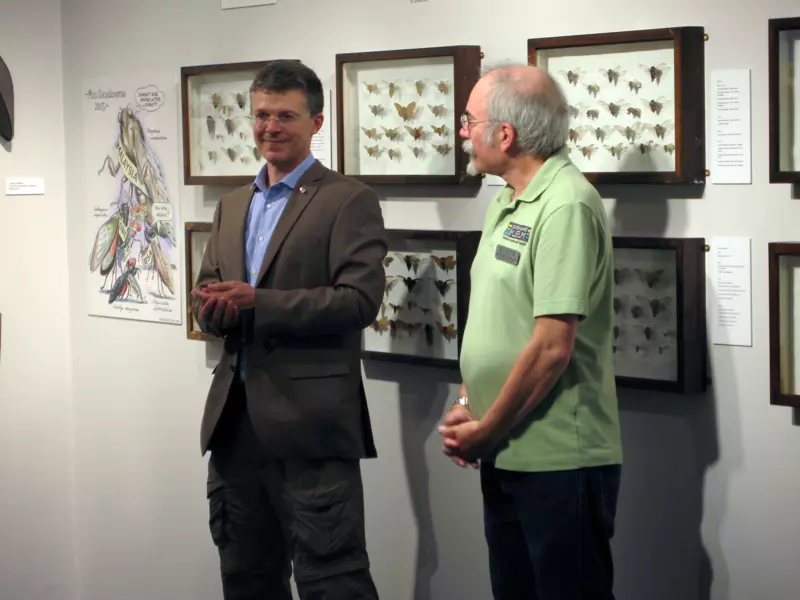
Light Up Cicada Sculpture at the Staten Island Museum by Roy Troutman
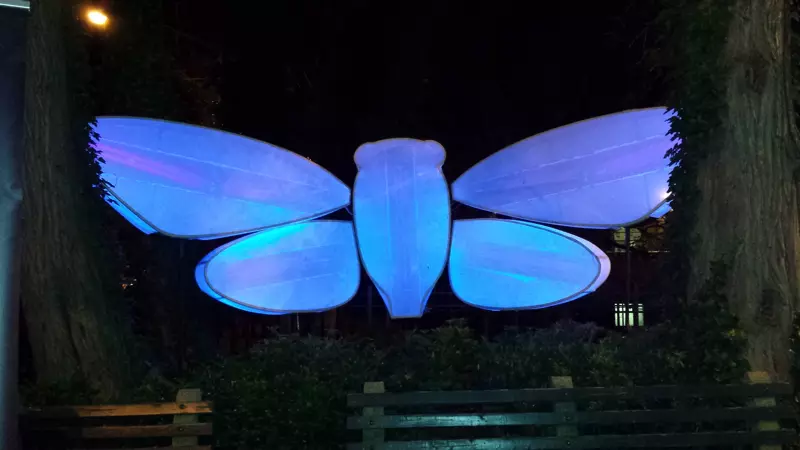
Magicicada septendecim by Roy Troutman
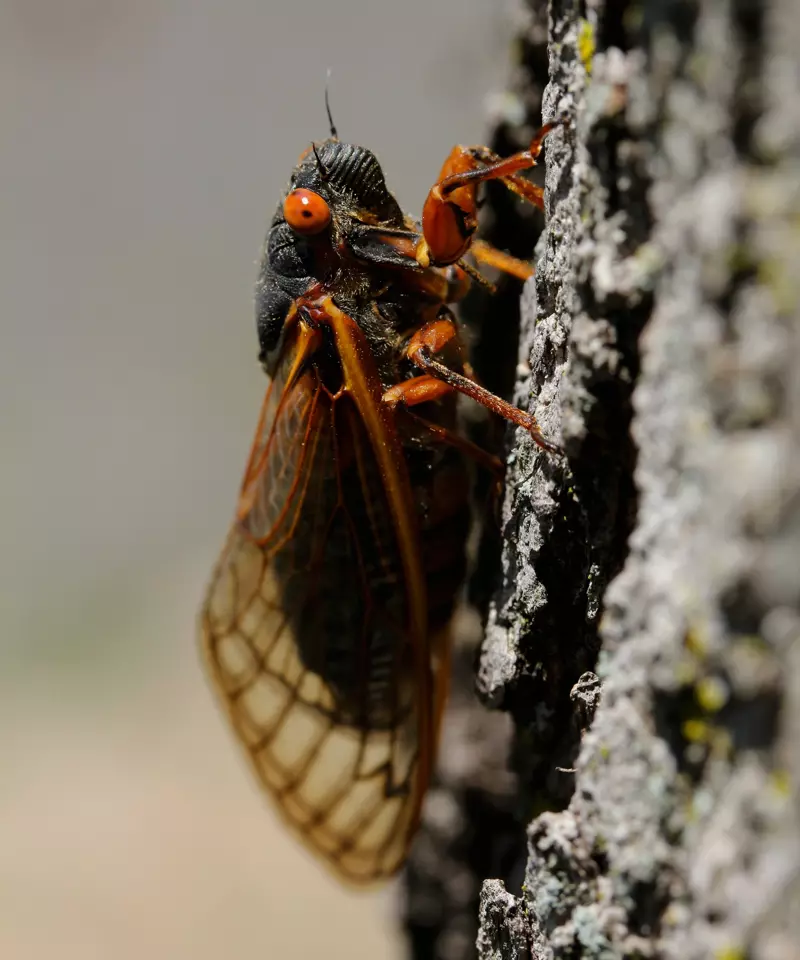
Magicicada cassini flying inbetween calling in Colonia NJ by Roy Troutman
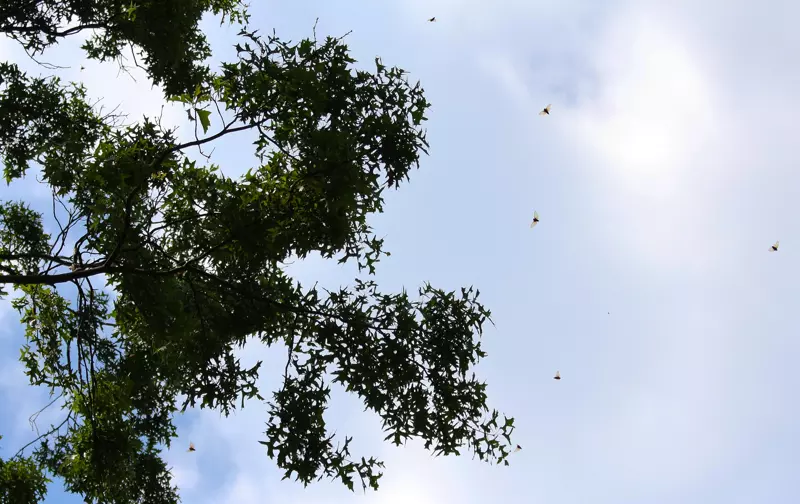
Magicicada cassini in flight in Colonia NJ by Roy Troutman

Magicicada corpses and exuvia by Roy Troutman
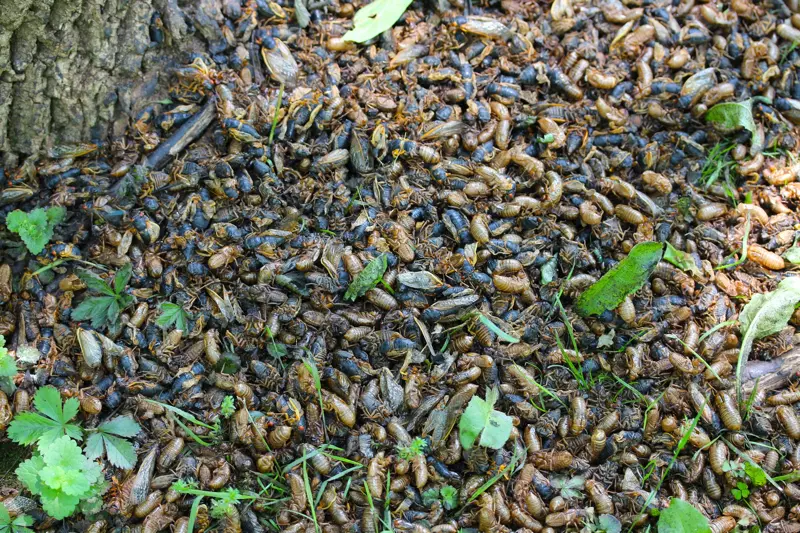
Magicicada mating by Roy Troutman
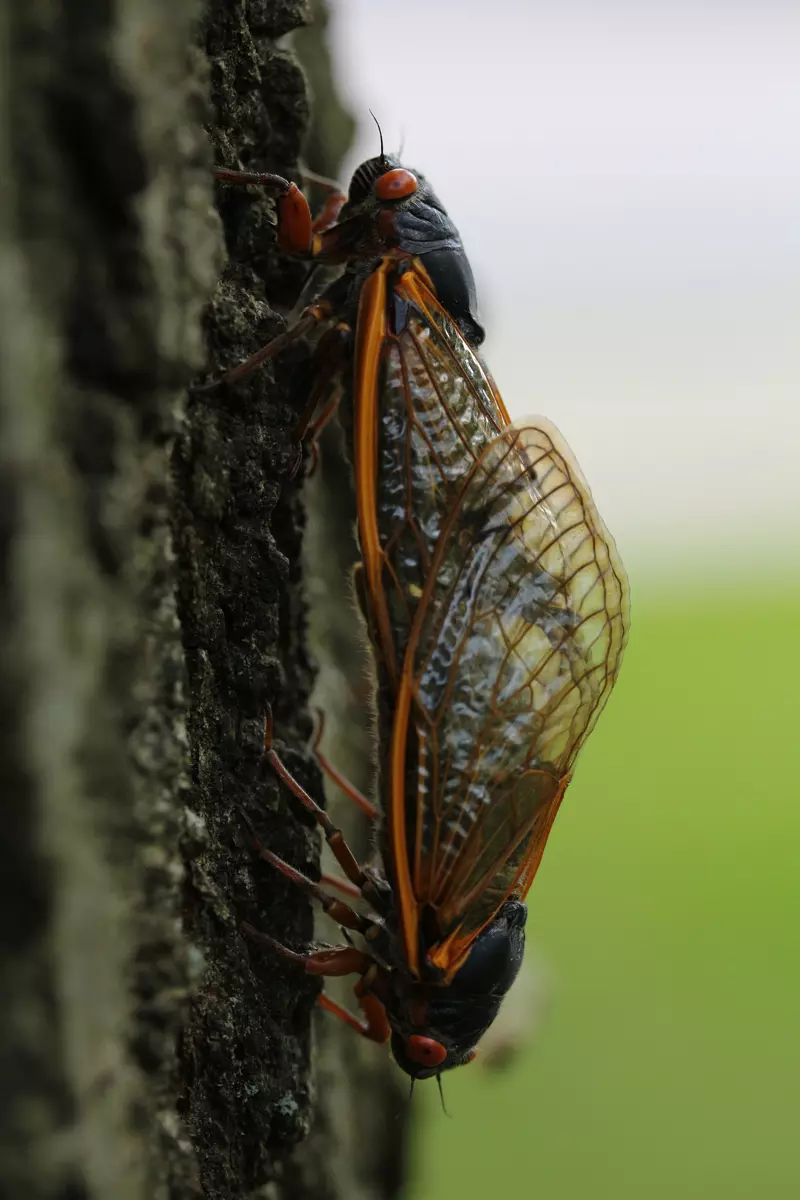
Magicicada exuvia by Roy Troutman
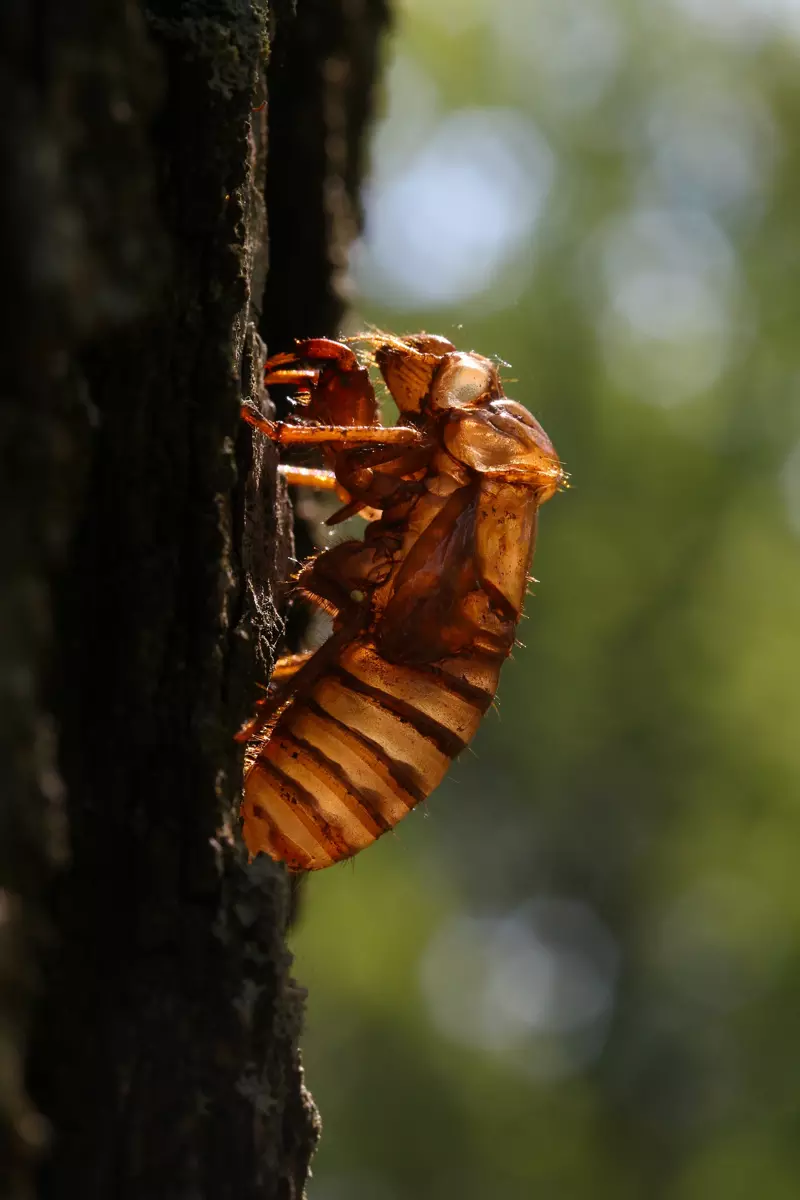
Gallery of Cicada Photos from Costa Rica by Jose Mora, part 6.
More: Part 1, Part 2, Part 3, Part 4, Part 5.
These are photos that appear to be a cicada belonging to the genus Quesada, like Quesada gigas because of the yellow coloring visible on the wings:
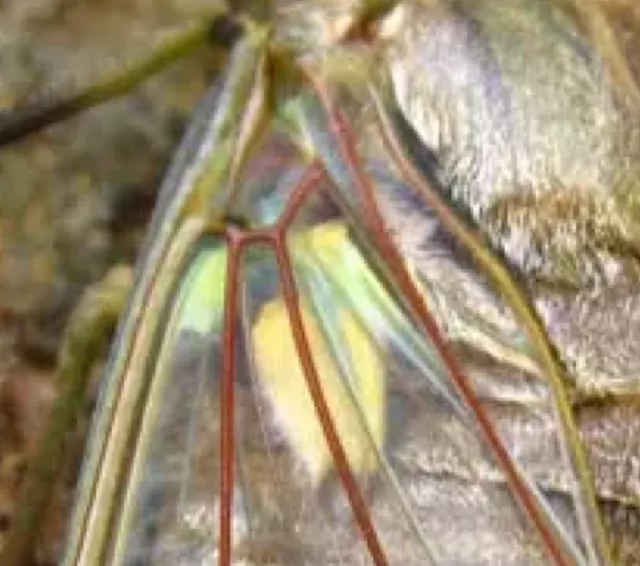
A cicada that died while molting:
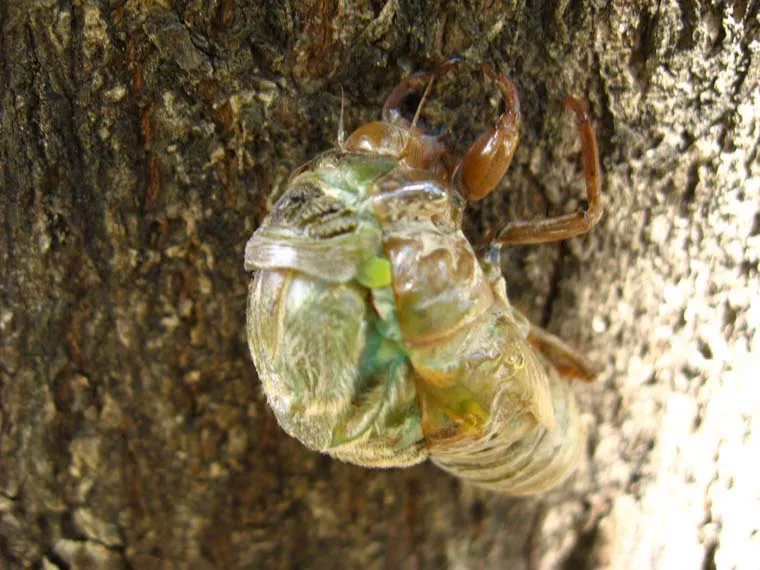
An adult cicada:
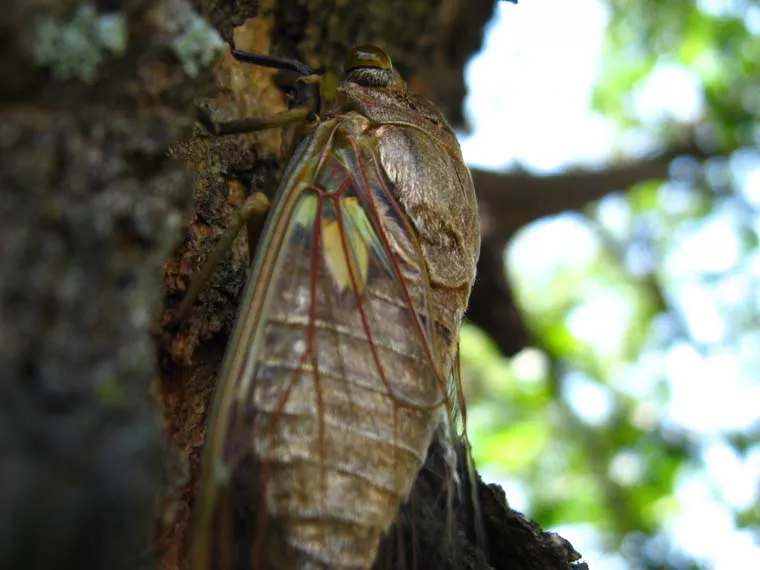
An adult cicada:
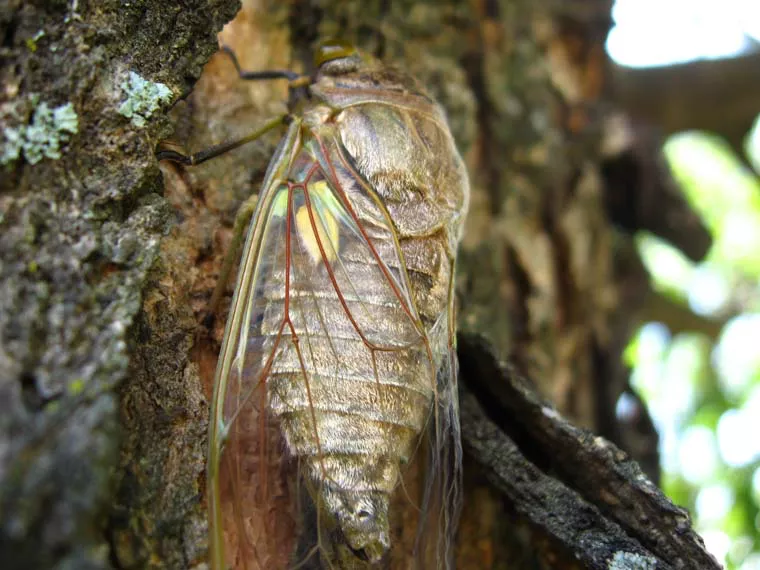
Molted cicada skins on a tree:

Molted cicada skins on a tree:

Molted cicada skins on a tree:

Molted cicada skins on a tree:
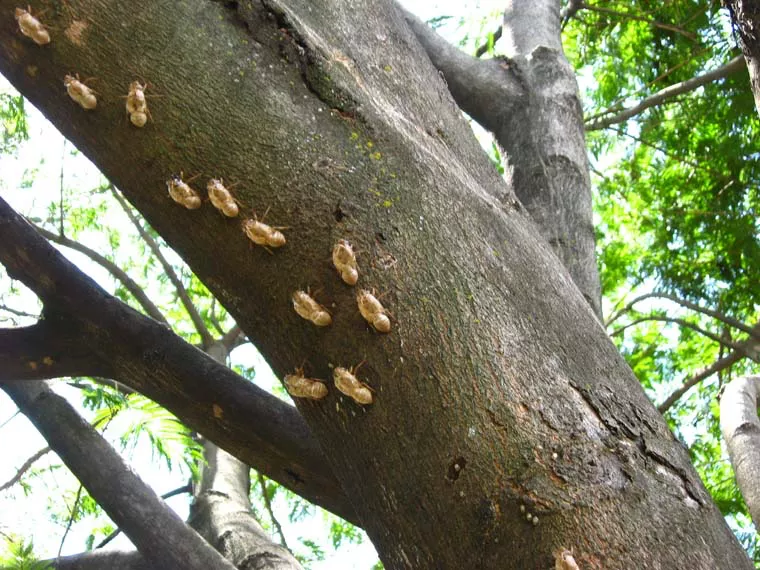
A cicada that died while molting:

A cicada that died while molting:
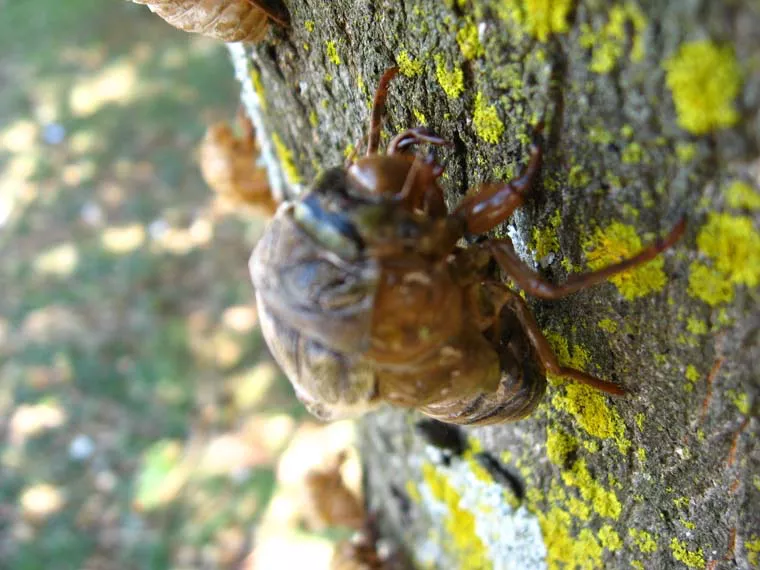
An adult cicada:
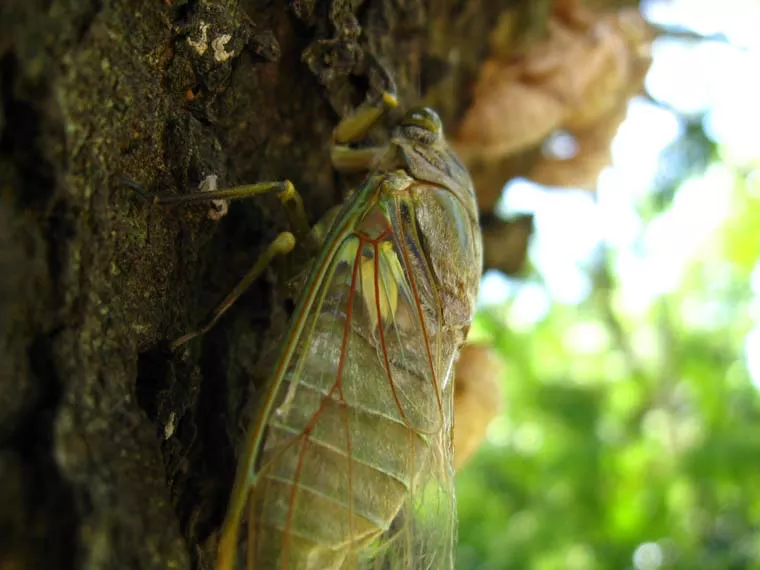
Gallery of Cicada Photos from Costa Rica by Jose Mora, part 5.
More: Part 1, Part 2, Part 3, Part 4, Part 6.
These are nighttime photos and appear to be a cicada belonging to the genus Quesada, like Quesada gigas.
Molting cicada:
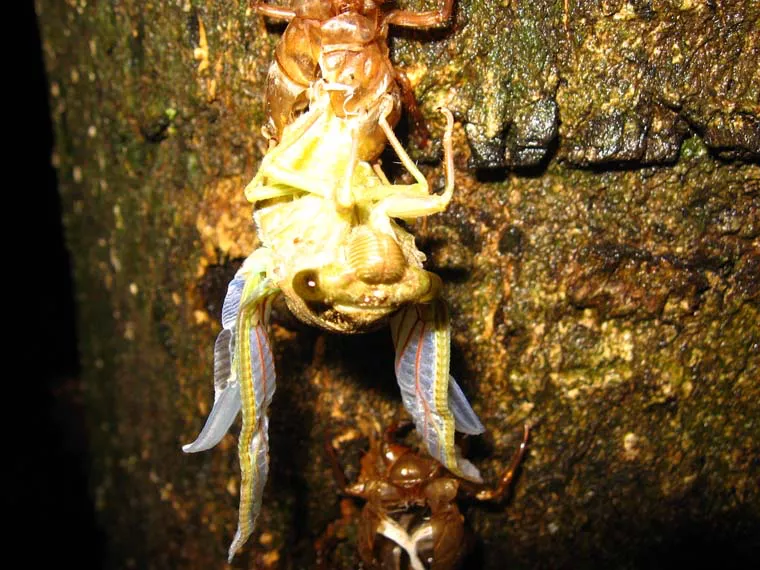
Molting cicada:
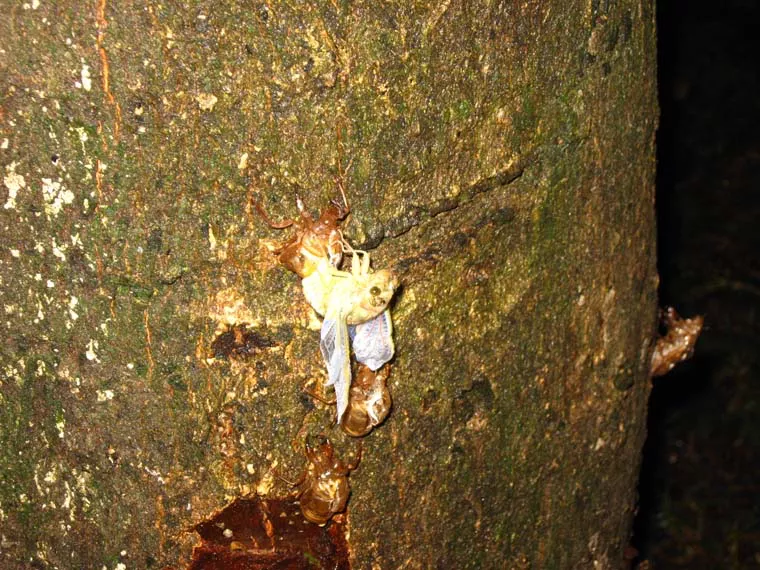
Molting cicada:
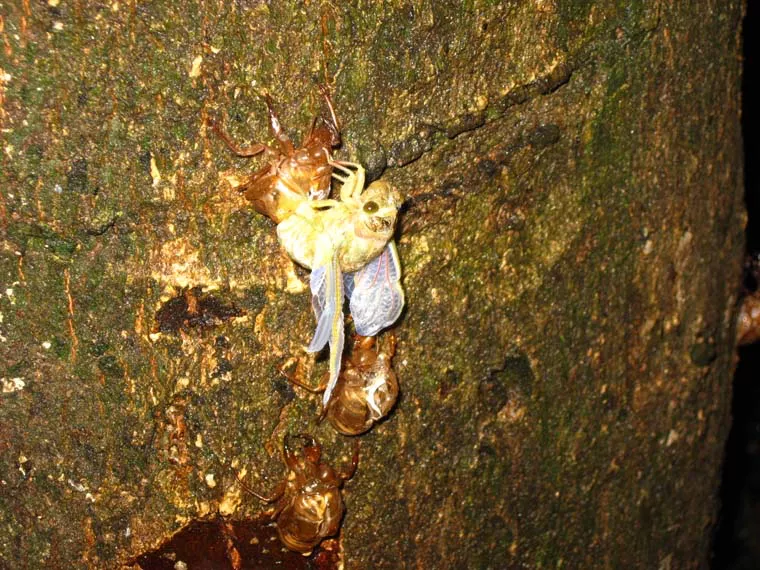
Molting cicada:
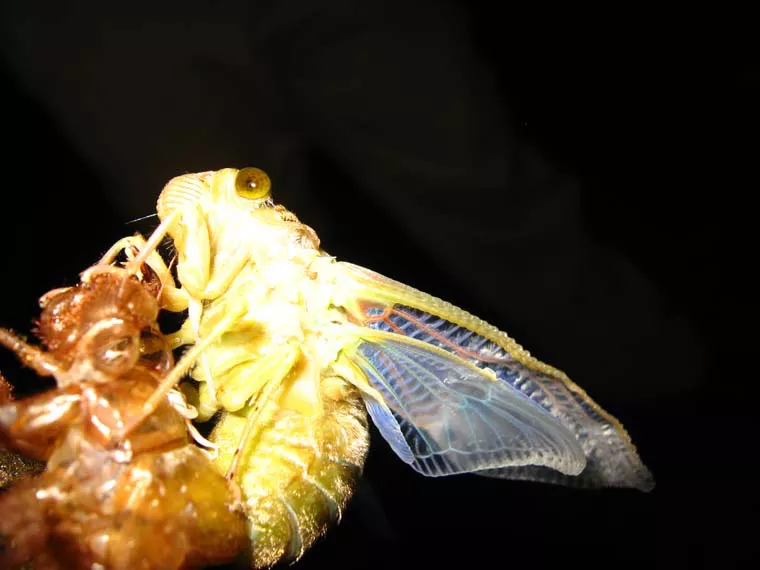
Molting cicada:
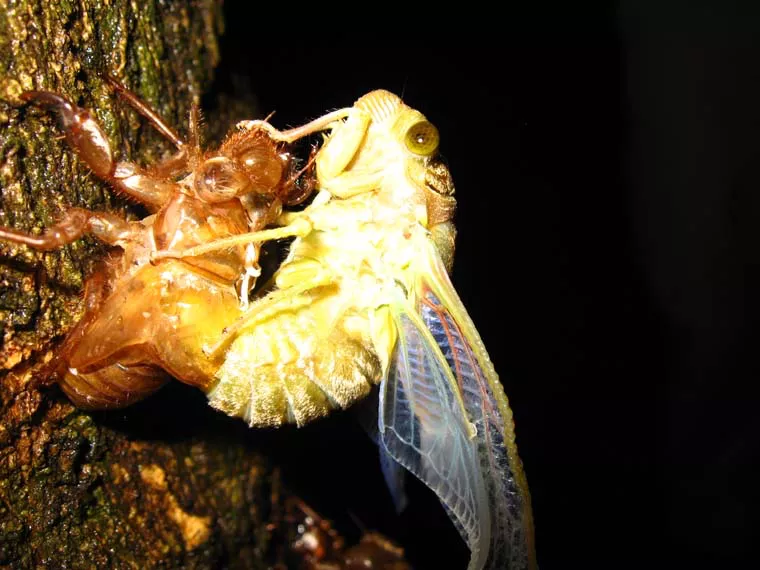
The cicada has left its nymphal skin, and now its body can harden:
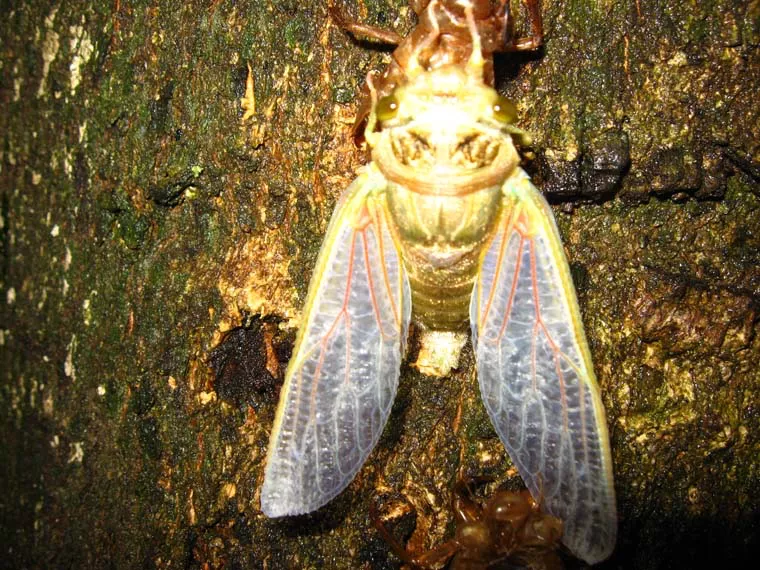
The cicada has left its nymphal skin, and now its body can harden:
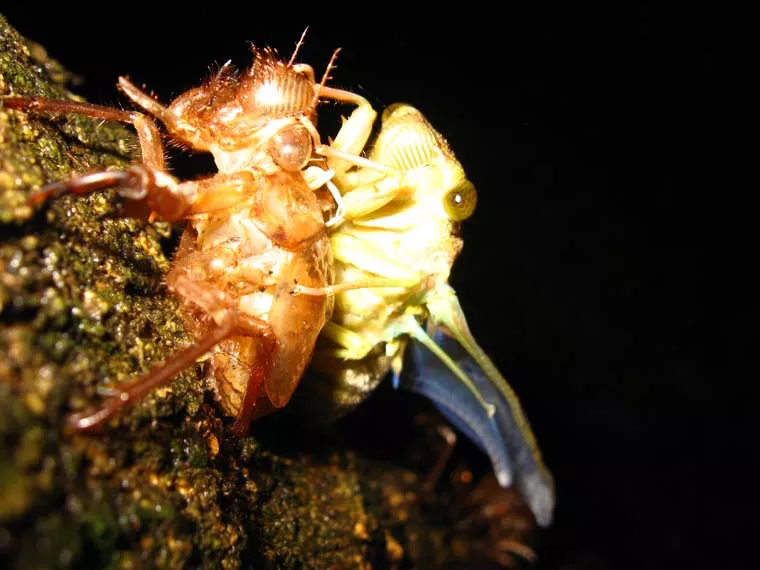
The cicada has left its nymphal skin, and now its body can harden:
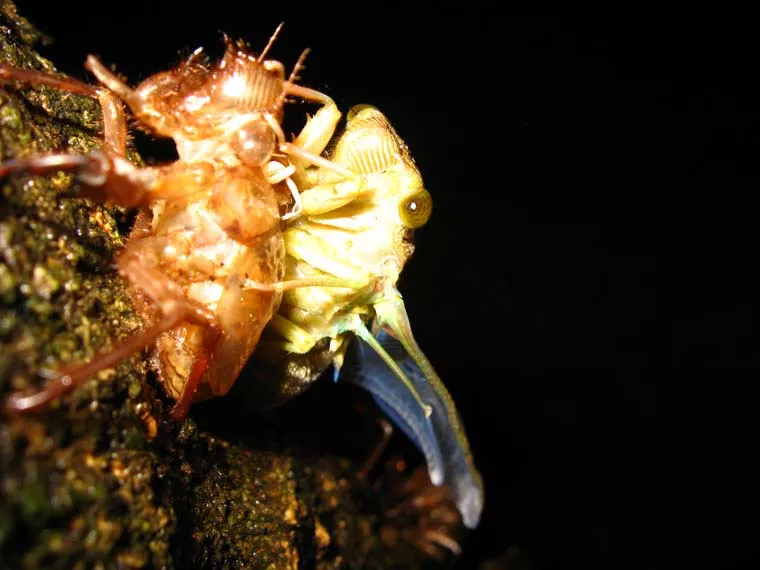
The cicada has left its nymphal skin, and now its body can harden:
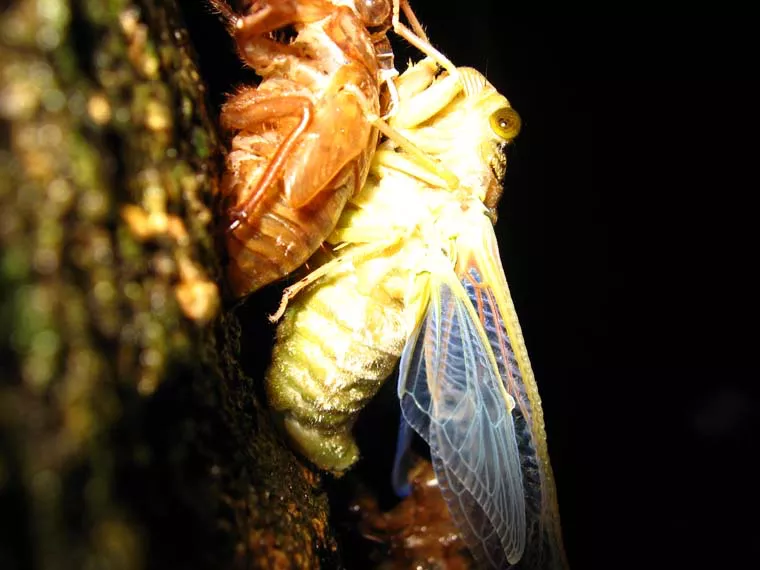
The cicada has left its nymphal skin, and now its body can harden:
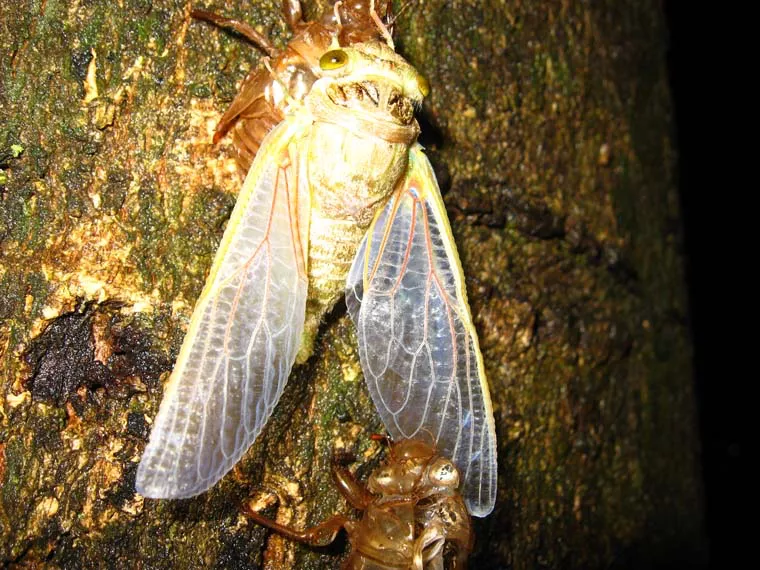
Gallery of Cicada Photos from Costa Rica by Jose Mora, part 4.
More: Part 1, Part 2, Part 3, Part 5, Part 6.
These are nighttime photos and appear to be a cicada belonging to the genus Quesada, like Quesada gigas.
Cicada nymph:

Molting cicada:
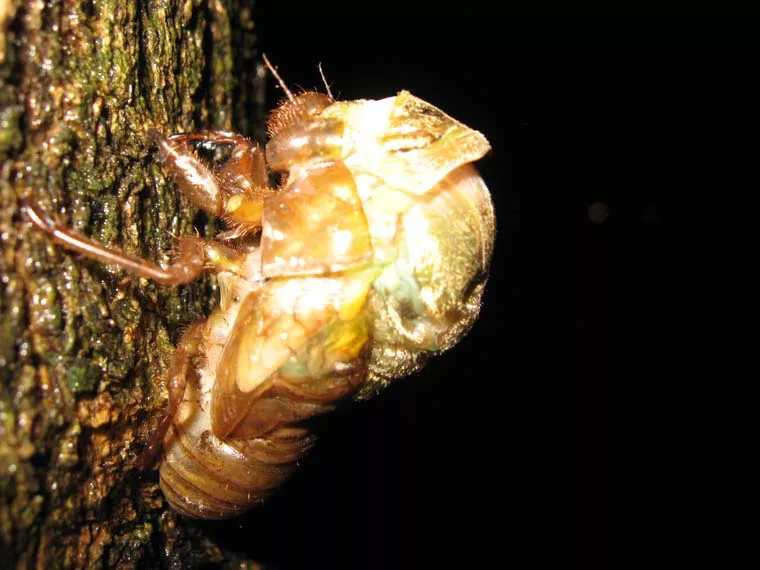
Cicada nymphs on a tree:
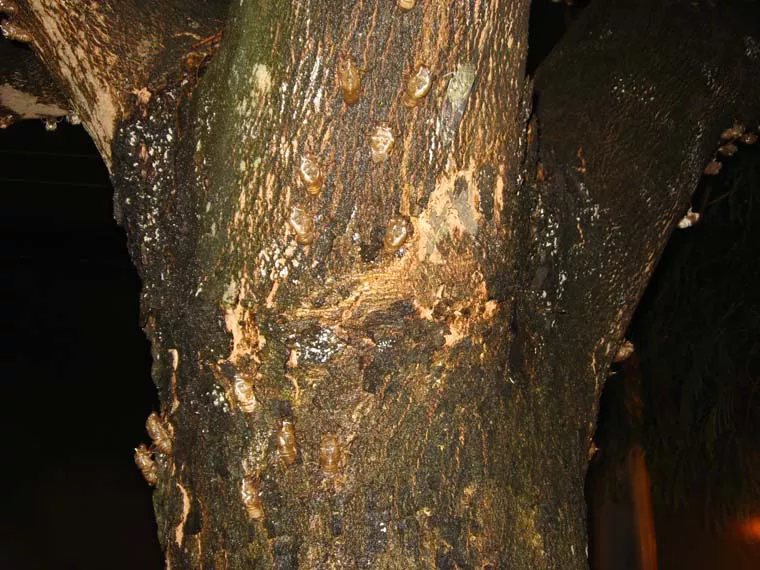
Teneral (soft) cicada that recently molted:
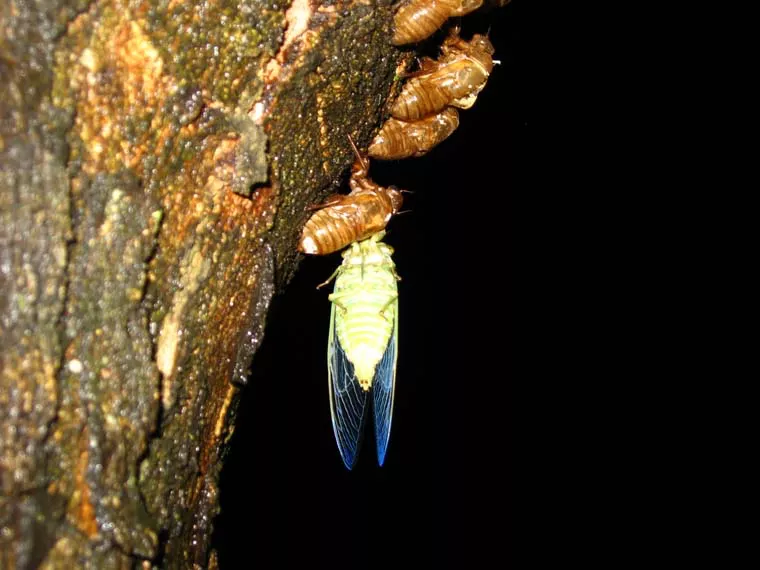
Teneral (soft) cicada that recently molted:

Teneral (soft) cicada that recently molted:
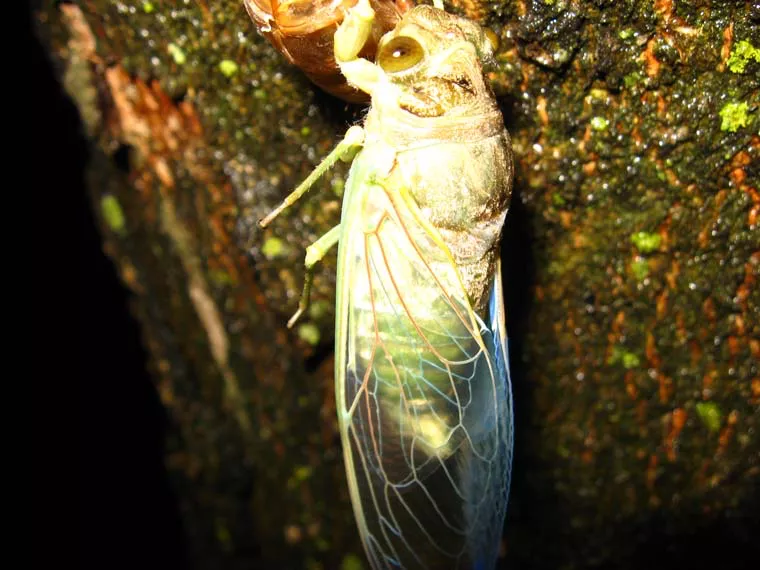
Adult cicada:

Teneral (soft) cicada that recently molted:
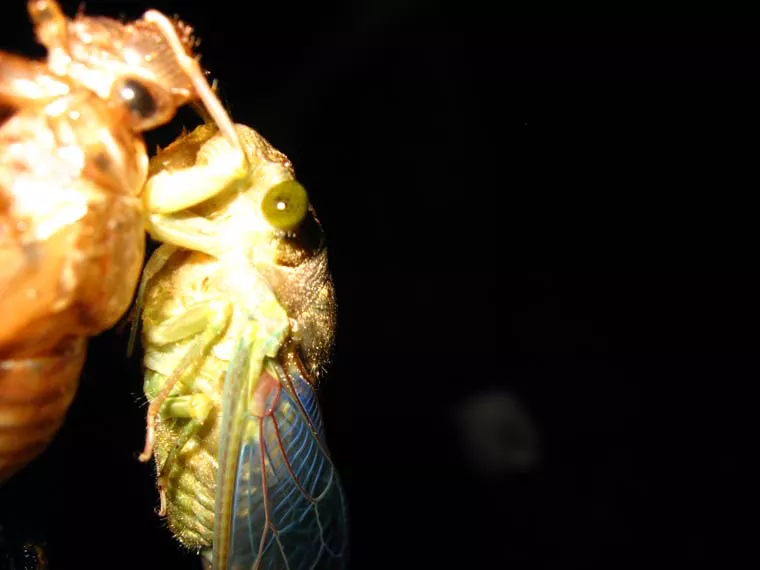
Teneral (soft) cicada that recently molted:
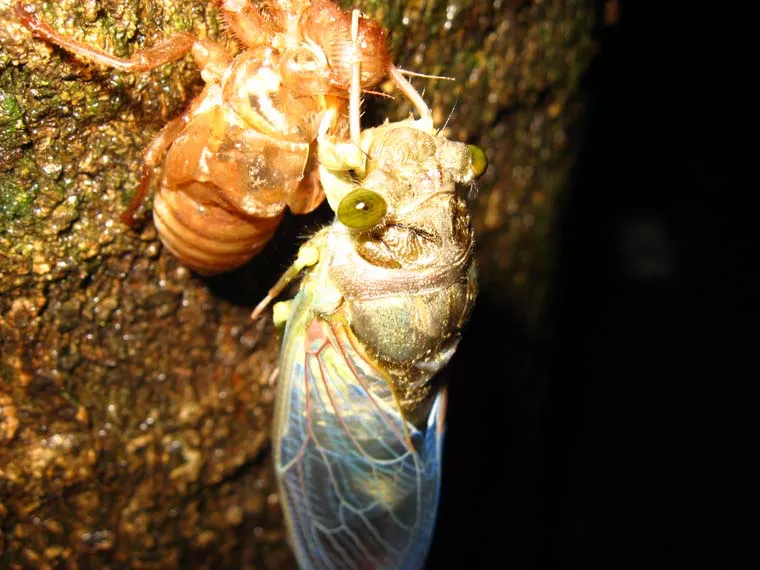
Molting cicada:

This is a series of Neotibicen canicularis Northern Dog-Day cicada photos from Lakewood, NJ taken by Elias Bonaros.
Click the photos for larger versions:
A recently molted male Neotibicen canicularis cicada:

This is a photo of a teneral (soft) Neotibicen lyricen cicada by Elias Bonaros.
Click the photo for a larger version: